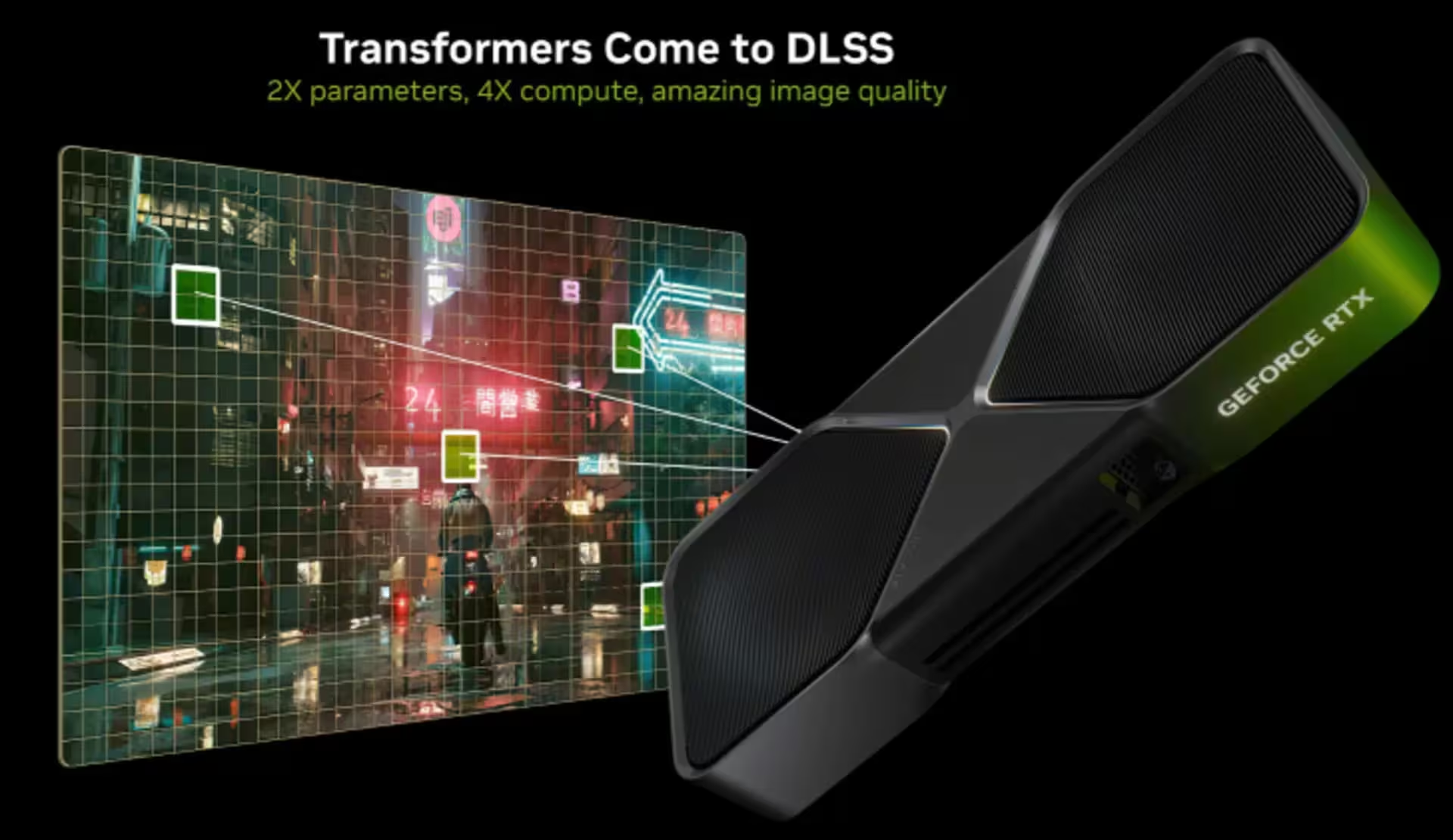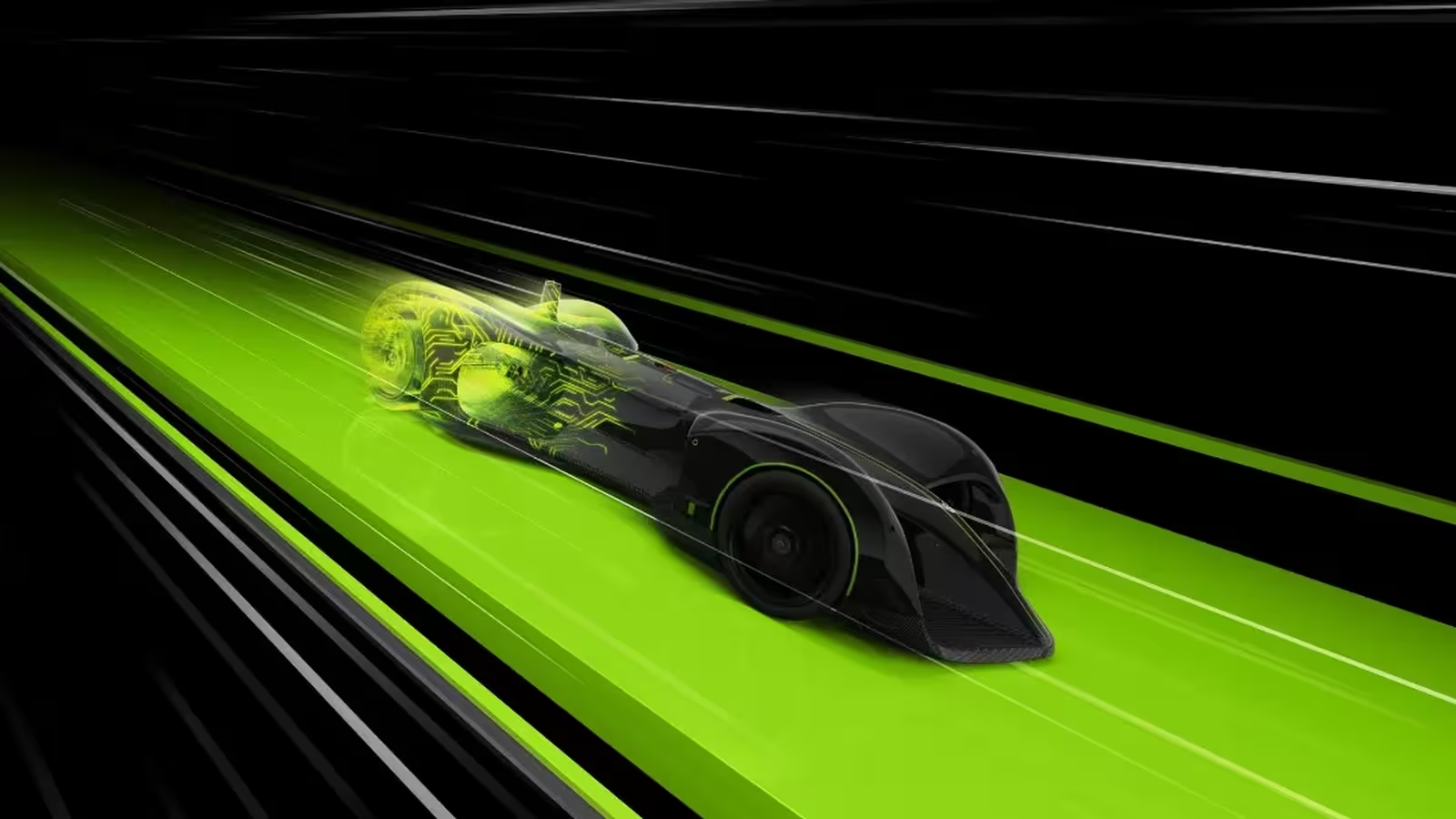3 Minutes
NVIDIA Unveils Game-Changing DLSS Update with Advanced Transformer AI
NVIDIA has just rolled out a major update to its Deep Learning Super Sampling (DLSS) technology, introducing a powerful shift from traditional Convolutional Neural Networks (CNN) to state-of-the-art Transformer models. This transition is set to deliver a substantial reduction in graphics card memory (VRAM) usage — up to 20% on average — a development eagerly anticipated by gamers and professionals using mid-range GPUs with limited memory.
DLSS Transformer Model: Smarter Upscaling for Modern GPUs
Unlike previous versions that relied on CNN architectures for image upscaling and optimization, the new DLSS leverages Transformer AI models. Widely recognized for their breakthroughs in language and image understanding, Transformers can analyze and prioritize every single pixel of each frame more efficiently. This targeted approach not only improves image quality but also makes graphics processing more memory- and energy-efficient.
Key Advantages for Mid-Range and 8GB GPUs
One of the core advantages of this DLSS update is its focus on users of mid-tier graphics cards, particularly those equipped with 8GB or less VRAM — a common configuration for mainstream gamers. The 20% reduction in VRAM requirements means smoother gameplay, faster load times, and increased performance headroom for systems that previously struggled with memory limits in demanding titles or high resolutions. This is especially significant given the rising system requirements of modern PC games.

Enhanced Visual Fidelity and Ray Reconstruction
The shift to the Transformer model in DLSS does more than just save memory. Early reports and the official DLSS Programming Guide highlight improvements in visual quality, including sharper upscaling and more advanced ray reconstruction techniques. This means users benefit from crisper images and more realistic lighting effects without overwhelming their graphics card's resources.
Consistent Memory Savings Across All Resolutions
According to NVIDIA, the VRAM reduction delivered by the DLSS 310.3.0 SDK is consistent across a wide range of resolutions and gaming scenarios. However, the real-world impact may vary depending on game optimization and specific system setups. For gamers still on older or budget GPUs, this update offers a welcome breath of new life, allowing them to enjoy visually intensive games with fewer memory-related bottlenecks.
The Road Ahead: Full Release Timeline and Market Impact
The current iteration of the DLSS Transformer update is available in beta, with a full release expected within the next few months. This strategic move signals NVIDIA’s renewed commitment to users of mainstream and affordable graphics cards—a demographic that had seen relatively less attention in recent hardware and software rollouts. As next-generation games push for even more graphical realism, innovations like the Transformer-powered DLSS position NVIDIA as a leader in GPU and AI-driven rendering efficiency.

Use Cases and Future Prospects
Whether you’re a competitive gamer, a creative professional relying on real-time rendering, or a casual user with an entry-level GPU, the latest DLSS update promises tangible improvements. Faster rendering speeds, reduced memory usage, and double the AI efficiency (with computation running up to four times faster) make this technology a must-watch in the evolving world of graphics optimization.
NVIDIA’s drive to innovate with AI upscaling ensures that more users can experience high-fidelity visuals without investing in expensive, high-VRAM graphics hardware—marking a significant leap forward for the industry.
Source: wccftech



Comments